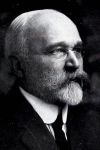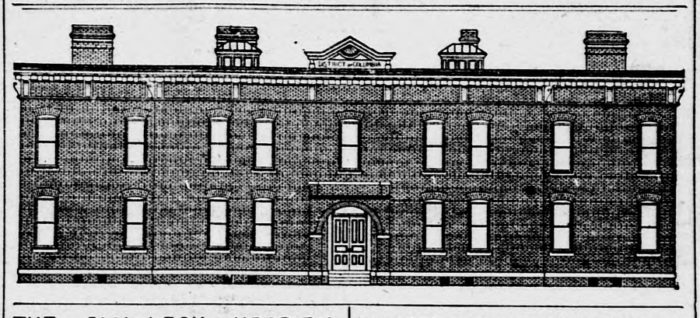 A few months ago, I began to write about the smallpox hospitals in Reservation 13. After writing about two of them, I found myself distracted by other shiny objects and failed to look into the third structure built there for this purpose. I was advised of this recently by a reader, and so here is the rest of the story.
A few months ago, I began to write about the smallpox hospitals in Reservation 13. After writing about two of them, I found myself distracted by other shiny objects and failed to look into the third structure built there for this purpose. I was advised of this recently by a reader, and so here is the rest of the story.
When we last looked at the 1872 hospital, it was all of three years old, and already “unfit for the purpose” of quarantining smallpox sufferers. Nonetheless, the city managed to continue to use it for another 20 years.
Not that it was in good shape. An 1893 article pointed out that there was not only a dead horse but also a dead dog on the grounds of the hospital, the former of which had been lying there for several months. It took more, however, to jolt the city into action. In 1894, with Coxey’s Army headed for Washington, there was some justified worry that some of the marchers would bring the dreaded disease to the nation’s capitol. The old hospital was “renovated and patched up” and J. Ramsey Nevitt, a young doctor who had proved himself during a previous outbreak of smallpox, was put in charge of the response. When a man was found with symptoms of the disease outside of the Baltimore and Potomac Railway station, the greatest fears seemed justified and the patient and doctor were taken to the hospital. Nevitt’s care was not enough and the young man died shortly thereafter. At the end of the year, another smallpox outbreak struck in several areas of the city, including on the 600 block of East Capitol Street. This was the wake-up call the city needed, and so in early 1895, the architect Adalbert Olszewski von Herbulis [pictured] was given the task of designing a new building.

Drawing of the Von Herbulis-designed hospital, published April 3, 1895 in the Washington Evening Star. (LOC)
Von Herbulis, whose name would indicate that he was of German or Austrian aristocracy, was nothing of the sort. Born Adalbert Olszewski in Budapest, Hungary (though at the time under Austrian rule) he had graduated from school in Vienna before emigrating to the United States around 1880 and become an architect. Newspapers reported that Von Herbulis had completed his design by April, and he promptly disappeared from the news. Just under two months later, an article in the Washington Times stated that the “draftsman Bradley” (presumably Herbert Bradley of 720 C Street NE) was drawing up plans. There is no doubt that the exterior of the building was quite different from Von Herbulis’s original drawing, whether any of his ideas were used by Bradley or if the draftsman came up with a wholly new structure is unclear.
Why this change in architects came to be was suggested in an article the following month which states that Von Herbulis had been in court to answer charges of “larceny from the U.S.” While the prosecution decided not to pursue the case, it was not the sort of publicity that the powers that be wanted for their new hospital.
Next week: A hospital is finally built.
